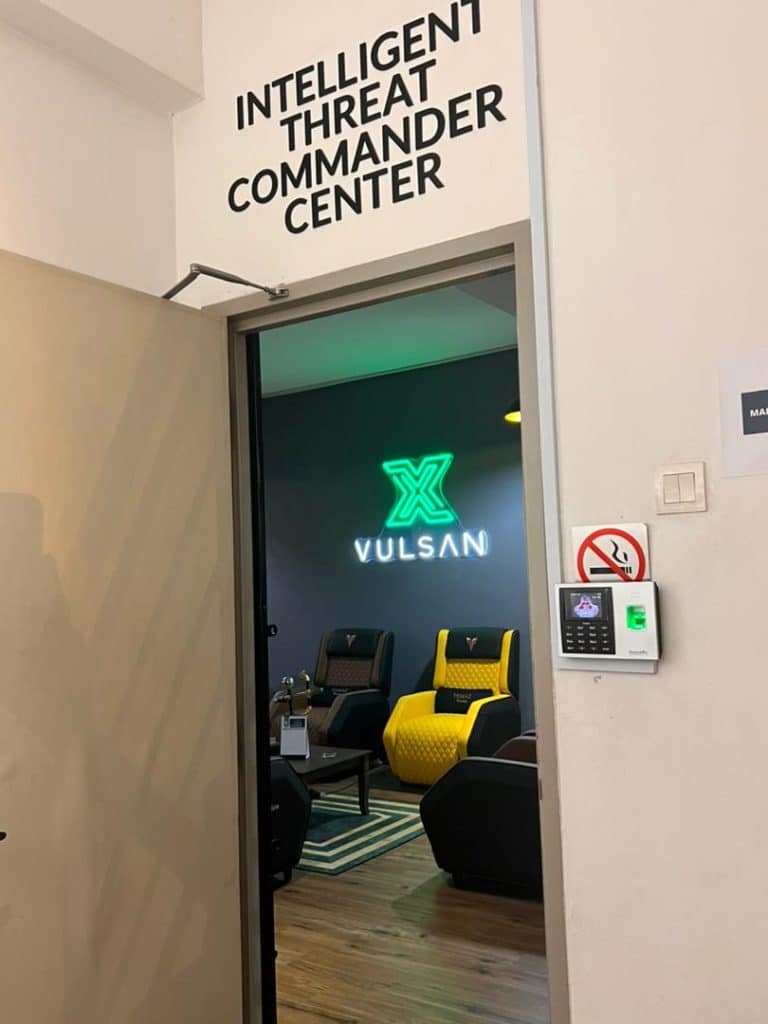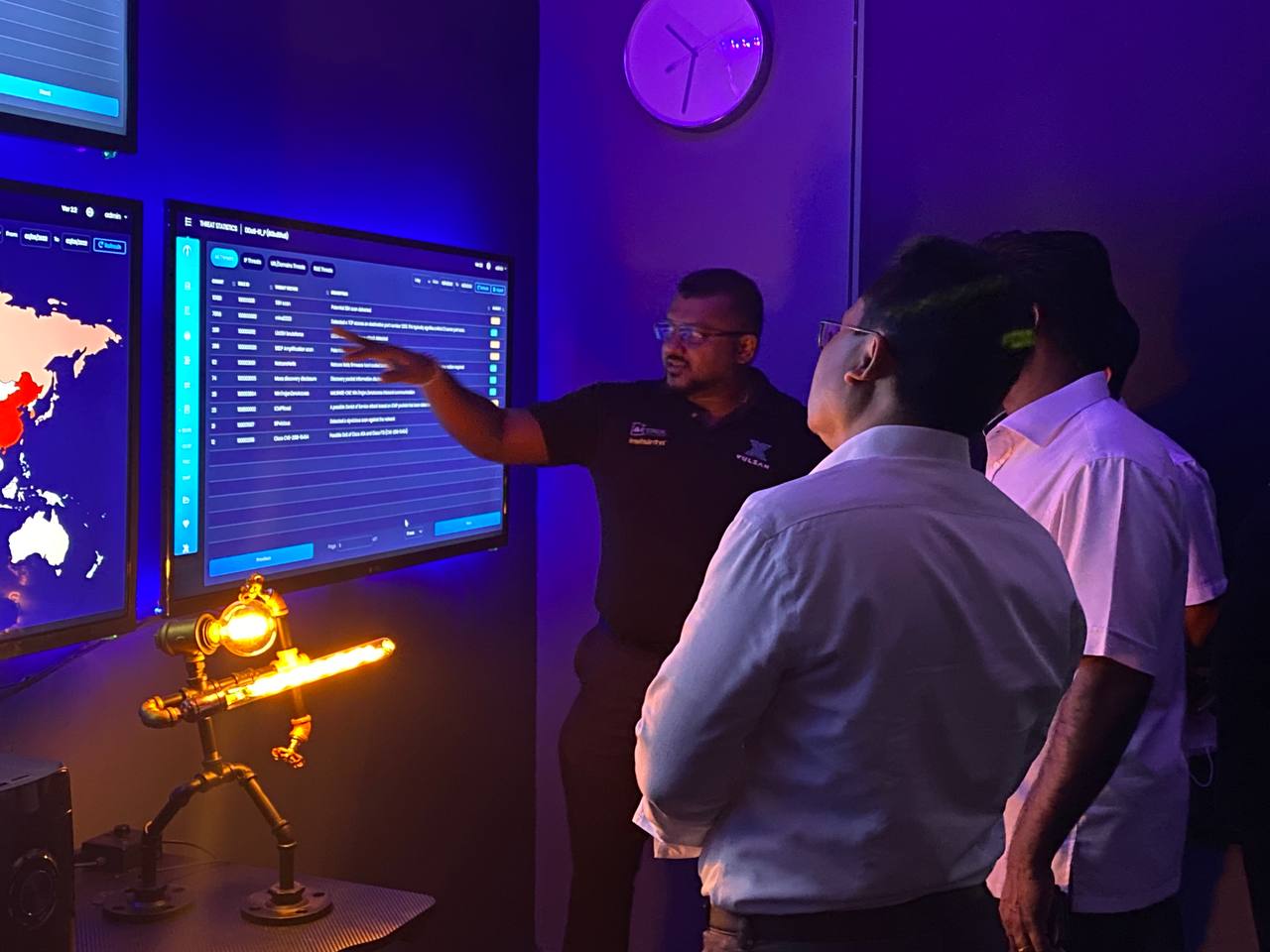Introducing
SOC (MSSP)
SOC (Security Operations Center) and MSSP (Managed Security Service Provider) are two related terms in the field of cybersecurity.
Security Operations Center (SOC)
A SOC is a centralized unit within an organization that is responsible for monitoring, detecting, and responding to cybersecurity incidents. It serves as a command center where security analysts and experts work together to protect the organization’s systems, networks, and data from various security threats. The SOC uses a combination of technologies, such as SIEM (Security Information and Event Management) systems, intrusion detection systems, and log analysis tools, to collect and analyze security event data in real-time. The primary goal of a SOC is to identify and mitigate security incidents promptly.


Managed Security Service Provider (MSSP)
An MSSP is a specialized service provider that offers outsourced security services to organizations. MSSPs typically provide a range of security services, including threat monitoring, incident response, vulnerability management, security assessments, and security device management. They often operate their own SOC to deliver these services. By partnering with an MSSP, organizations can leverage their expertise, tools, and technologies to enhance their security posture without having to build and maintain an in-house SOC. MSSPs provide a cost-effective and scalable solution for organizations that may lack the resources or expertise to manage their security operations effectively.
Benefits to utilizing an MSSP and having an SOC in Vulsan X

- Expertise and Specialized Knowledge:
MSSPs employ security professionals with specialized knowledge and expertise in cybersecurity. They stay up-to-date with the latest threats, attack techniques, and security best practices. By leveraging their expertise, organizations can benefit from advanced threat detection and response capabilities. - 24/7 Monitoring and Incident Response:
An MSSP typically offers round-the-clock monitoring of security events and incidents. This ensures that potential threats and breaches are detected in real-time, allowing for immediate response and mitigation. The SOC analysts can investigate suspicious activities, respond to incidents promptly, and take appropriate action to minimize the impact. - Advanced Security Technologies:
MSSPs invest in state-of-the-art security technologies and tools, such as SIEM systems, threat intelligence platforms, and advanced analytics. They have access to a wide range of security solutions that may be expensive for organizations to procure individually. By partnering with an MSSP, organizations can leverage these advanced technologies without incurring the high costs associated with acquiring and maintaining them. - Cost-effectiveness:
Building and maintaining an in-house SOC can be a significant investment in terms of infrastructure, personnel, and training costs. By outsourcing security operations to an MSSP, organizations can benefit from cost savings. MSSPs offer flexible pricing models, allowing organizations to pay for the services they need without the overhead of managing an internal security team. - Scalability and Flexibility:
MSSPs provide scalable solutions that can accommodate the changing needs of an organization. They can easily adjust their services to match the growth and evolving security requirements of the business. Additionally, MSSPs can tailor their offerings based on the specific needs and compliance requirements of different industries or organizations. - Focus on Core Business:
By offloading security responsibilities to an MSSP, organizations can free up their internal resources to focus on their core business objectives. This allows them to concentrate on strategic initiatives while leaving the security operations to the experts. - Compliance and Regulatory Support:
Many MSSPs have experience working with organizations that must comply with industry regulations and data protection requirements. They can provide guidance and support in meeting compliance obligations, ensuring that the organization’s security practices align with relevant standards and regulations.

